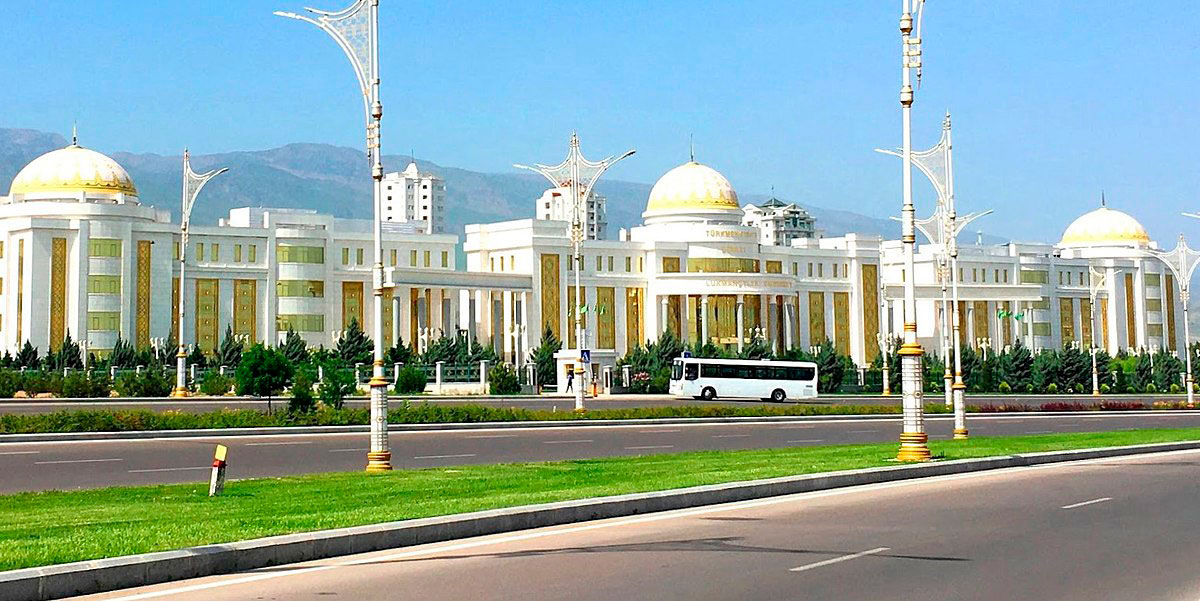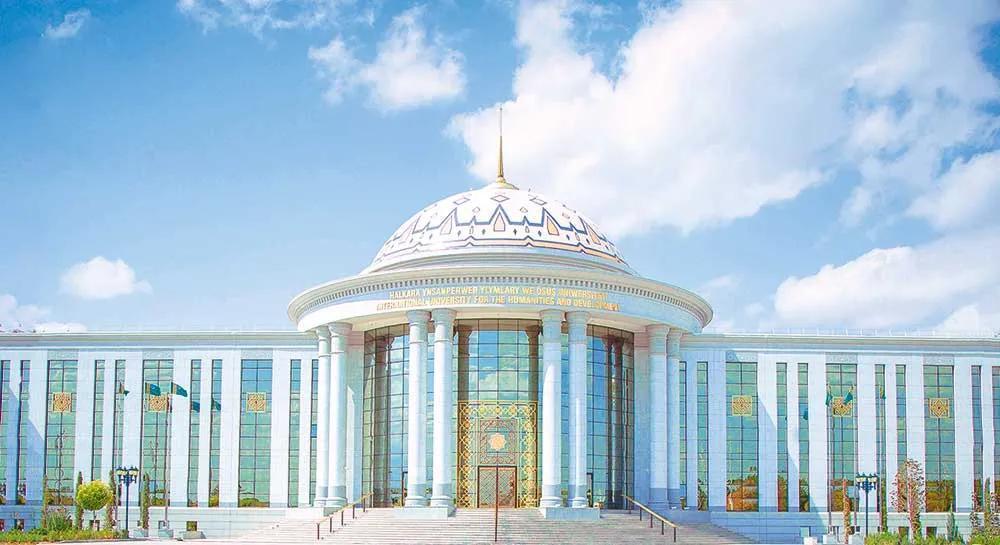After all, along the entire coast of the gray-haired Khazar, mud volcanoes, the most ancient geological formations in the country, continue their "activity". Tens even hundreds of millions of years ago, underground elements raged here. And now they are like fabulous gins, hiding in the abyss for a while, waiting in the wings, so that, pushing and spreading the rocks that buried them, to break free. It is here that you can see and hear the breath of the Earth escaping from the depths of the bowels.
"Volcano" - in ancient Greek mythology - the god of fire. And all fire-breathing mountains are called volcanoes. Hot springs and mud volcanoes that exist today are closely related to such magmatic volcanic activity. Even outwardly they look like models of real magmatic volcanoes. Here there is a cone and a vent, from which they periodically spew mud and gases to the surface of the earth, often with hot water and oil. These geological formations are located in the bowl of the huge water area of the South Caspian depression. In total, there are more than two hundred volcanoes in this "bowl", over thirty of them can be observed on the territory of Western Turkmenistan
Active mud volcanoes are active constantly changing geological objects. Instead of cones, you can see only small ridges or craters filled with water, liquid mud and oil.
As a rule, the products of the eruption of mud volcanoes are loosened clay-marly Neogene rocks. Sometimes they contain fragments of older Paleogene and Cretaceous rocks, as well as well-preserved fossils. Periodically spewing mud and gases to the surface of the earth, they carry them out from a depth of 10-15 kilometers. So the mud volcanoes that continue their activity on the territory of the country (and there are about half of the total) provide science with constantly updated information. In other words, these are natural superdeep wells that reach the complex of Mesozoic sediments.
Geologists A.A. Alizade and N.O. Nazarov, who have studied mud volcanoes in Western Turkmenistan for many years, have established that they are not indirect, but direct indicators of the oil and gas content of this region.
The volcanoes of the south-west of Turkmenistan are located on an area over 300 km long and up to 100 km wide. They form an intermittent chain of hills, starting in the south (near the village of Esenguly) and ending in Cheleken (Khazar). In the future, this chain goes to the shelf part of the sea to
Absheron Peninsula.
Why is mud volcanoes located here? According to the doctor of geological and mineralogical sciences V.N. Kholodov, this is explained by the fact that millions of years ago a huge depression about ten kilometers deep was formed here, filled with marine sedimentary deposits of the Neogene age. In the presence of such thick sedimentary deposits, as a rule, there is a high pressure of the overlying strata. Clay and sand saturated with water are set in motion. Under pressure, these substances rush upward in the form of fluids along the cracks, destroying the rocks on their way. This is how volcanoes are born.
In the middle of the Sarmatian century, about 10-12 million years ago, the reduction of the gigantic sea basin, which occupied the entire area of Turkmenistan and neighboring territories, began. As a result of these tectonic movements in the south of the country in the Keimir-Cheklishlyar region, where
Khazar State Reserve, a whole group of volcanoes was formed - Boiling Hill, Chikishlyar, Ak-Patlauk, Kalitsky volcano, Tuynukli, Keimir group, Porsy. These volcanoes are undoubtedly geological natural monuments of the world scale. So the active volcano Ak-Patlauk is a hill with uneven edges, at the top of which there are domed rises formed by a powerful eruption. The rim of this dome, which rises almost 100 meters above the plain, is broken by rapidly descending streams of mud, which have formed deep ravines and depressions. In the center of the main dome is a crater lake 200 meters in diameter.
To the north, near the village of Chikishlyar, there is a “nomadic volcano”. Previously, it could be seen in the sea, about 150-200 m from the coast, now it is on land.
The same ideally round crater, but of a larger size, is located in the Keimir region, a few kilometers north of the village of Chikishlyar. The active volcano Keimir is characterized by the absence of a cone. It looks like a wide funnel, up to 200 m in diameter with steep banks, up to 10 meters high.
The northern group of the Keimir-Chikishlyar region includes the Geok-Patlauk volcanoes, which rises more than 150 meters above the sandy plain. The volcano is unusual, it is all in deep "wrinkles", the slopes are cut by erosion trenches, formed by flowing streams strongly gassed and foamed dirt. Judging by the sedimentary cover, the volcano changed the location of the eruption twice.
Volcanoes Geok-Patlauk and Ak Patlauk more than others resemble the mud hills of the Kerch Peninsula. The same craters with gentle slopes and round lakes, the level of which is constantly changing.
The calm activity of the volcanoes gives way to a stormy one. Sometimes during the eruption, columns of mud rise to a height of one to two meters. Eyewitnesses say that there are more powerful emissions, in which there is a lot of iodine and bromine. It should be noted that volcanic mud has healing properties. Large deposits of iodine-bromine waters were found here.
Boyadag is a mountain of colors! It is impossible to pass by such beauty, which nature has endowed this place with. For many tens of kilometers, one can see the pillar-like peak of this mountain - Karaburun - a stock of petrified breccia, which has frozen with all its mass in the volcano's mouth. The salt-soaked, bitumen-impregnated breccia turned out to be stronger than the material of the cone, which collapsed, and the petrified vent with a height of over 40 m remained a majestic monument to the grandiose eruptions of a large volcano. In the chain of volcanoes, it is one of the largest, which has functioned for almost five million years. Currently Boyadag is a highly dissected upland.
The slopes of Boyadag are painted in thick red-brown tones. Unusually bright colors!
From Boyadag, a branch of mud volcanoes through Balkanabat stretched directly westward to Cheleken. It is here that the most powerful eruptions on the Aligul volcano take place. The rest of the volcanoes - Western Porsugel and Pink Porsugel are crater lakes.
Few people know that volcanic activity continues in the west of Turkmenistan, and volcanoes continue to live. The study of "living" volcanoes sheds light on the solution of many questions of geology. It is no coincidence that since ancient times, volcanoes and volcanic rocks have been closely associated with various mineral deposits. And the world-renowned scientist I.M. Gubkin, having studied the mud volcanoes of Turkmenistan and Azerbaijan, revealed that oil deposits should be sought exactly where these geological objects once existed. It is no coincidence that at present, almost all the volcanoes of Western Turkmenistan are intensively developing natural resources.
Prepared by Vladimir Komarov






